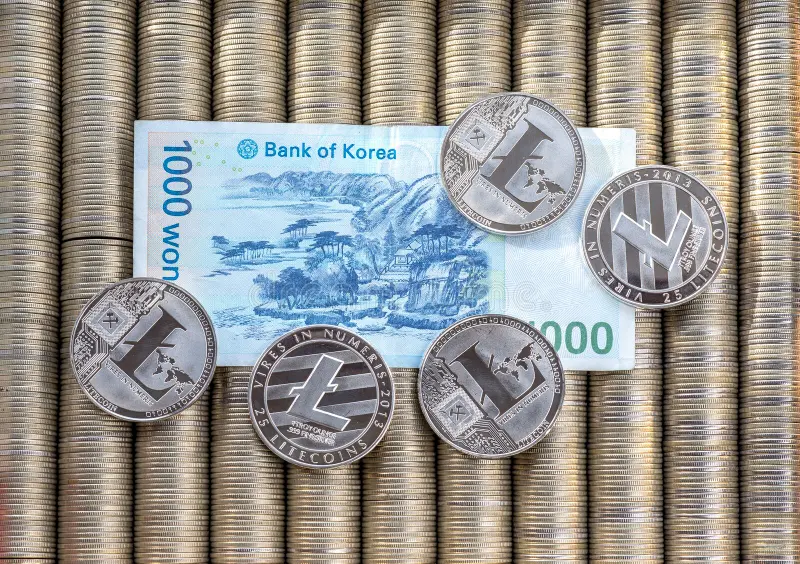Title: “The Resilience of Numismatics: Exploring the Enduring Appeal of Coin Collecting in the Modern Era”
Introduction: In a rapidly evolving digital age, the age-old pursuit of coin collecting continues to stand the test of time, captivating enthusiasts with its blend of history, art, and financial intrigue. This exploration delves into the resilience of numismatics, uncovering the reasons behind the enduring appeal of coin collecting in today’s dynamic and interconnected world.
I. Digital Age, Tangible Charms:
- Despite the prevalence of digital transactions, coin collecting remains a tangible and cherished hobby.
- The physicality of coins offers a unique connection to the past, providing collectors with a hands-on experience that transcends the virtual realm.
II. The Educational Odyssey:
- Numismatics serves as a gateway to education, allowing collectors to immerse themselves in the diverse histories and cultures represented by coins.
- The act of researching, cataloging, and studying coins becomes a continuous educational odyssey that enriches the collector’s understanding of the world.
III. Technological Advances and Numismatic Trends:
- The digital landscape has transformed the way collectors approach numismatics.
- Online platforms, digital catalogs, and virtual communities have not only facilitated coin acquisition but have also introduced new avenues for knowledge exchange and market exploration.
IV. Inclusion and Community Building:
- The numismatic community has expanded globally, fostering inclusivity and collaboration among collectors of all ages and backgrounds.
- Online forums, social media groups, and virtual events create spaces for enthusiasts to share their passion, discoveries, and insights.
V. Economic Value in a Digital World:
- In an era dominated by virtual currencies, the intrinsic and historical value of physical coins becomes even more pronounced.
- Some collectors view numismatics as a form of investment, as rare and valuable coins can appreciate over time.
VI. Preserving Heritage Amidst Change:
- Coin collecting remains a form of heritage preservation, ensuring that the tangible artifacts of human history endure despite the rapid changes in technology and societal norms.
- Collectors become custodians of heritage, safeguarding the stories embedded in metal currency for future generations.
VII. Adaptation and Innovation:
- Numismatics has adapted to modern trends through innovative approaches to outreach and education.
- Virtual exhibitions, online auctions, and interactive educational tools showcase the adaptability of coin collecting in embracing the opportunities presented by technology.
Conclusion: In a world driven by digital advancements, coin collecting stands resilient, offering a bridge between the past and the present. The enduring appeal of numismatics lies not only in the physical beauty of coins but also in the community, education, and historical richness that this age-old pursuit continues to provide in our ever-changing landscape.










